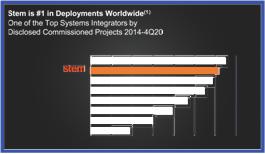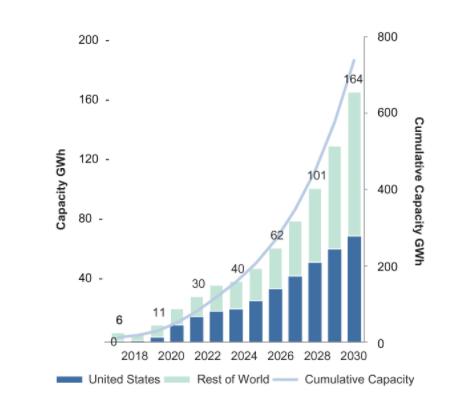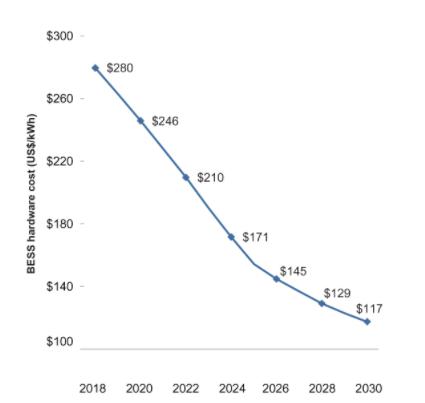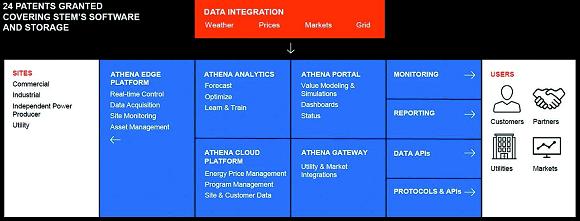PRELIMINARY PROSPECTUS |
| SUBJECT TO COMPLETION — DATED July 16, 2021 |

Up to 4,683,349 Shares of Common Stock
This prospectus relates to the offer and sale from time to time by the selling securityholders named in this prospectus (the “Selling Securityholders”) of up to 4,683,349 shares of the common stock, par value $0.0001 per share, of the Company (“Common Stock”) originally issued in a private placement pursuant to the Exchange (as defined below). We will not receive any proceeds from the sale of shares of Common Stock by the Selling Securityholders pursuant to this prospectus.
Our registration of the securities covered by this prospectus does not mean that the Selling Securityholders will offer or sell any of the shares. The Selling Securityholders may sell the shares of Common Stock covered by this prospectus in a number of different ways and at varying prices. We provide more information about how the Selling Securityholders may sell the shares in the section entitled “Plan of Distribution.”
We are registering the securities for resale pursuant to the Selling Securityholders’ registration rights under certain agreements between us and the Selling Securityholders. Our registration of the securities covered by this prospectus does not mean that the Selling Securityholders will offer or sell any of the shares of Common Stock. The Selling Securityholders may offer, sell or distribute all or a portion of their shares of Common Stock publicly or through private transactions at prevailing market prices or at negotiated prices. We will not receive any proceeds from the sale of shares of Common Stock by the Selling Securityholders pursuant to this prospectus. We provide more information about how the Selling Securityholders may sell the shares in the section entitled “Plan of Distribution.”
Our Common Stock is listed on the New York Stock Exchange (“NYSE”), under the symbol “STEM.” On July 12, 2021, the closing price of our Common Stock was $31.27.
We are an “emerging growth company” under federal securities laws and are subject to reduced public company reporting requirements. Investing in our Common Stock involves a high degree of risks. See the section entitled “Risk Factors” beginning on page 5 of this prospectus to read about factors you should consider before buying our securities.
Neither the Securities and Exchange Commission nor any state securities commission has approved or disapproved of these securities or determined if this prospectus is truthful or complete. Any representation to the contrary is a criminal offense.
The date of this prospectus is , 2021.
The information in this preliminary prospectus is not complete and may be changed. Neither we nor the selling securityholders may sell these securities until the registration statement filed with the Securities and Exchange Commission is effective. This preliminary prospectus is not an offer to sell these securities and is not soliciting an offer to buy these securities in any jurisdiction where the offer or sale is not permitted.





